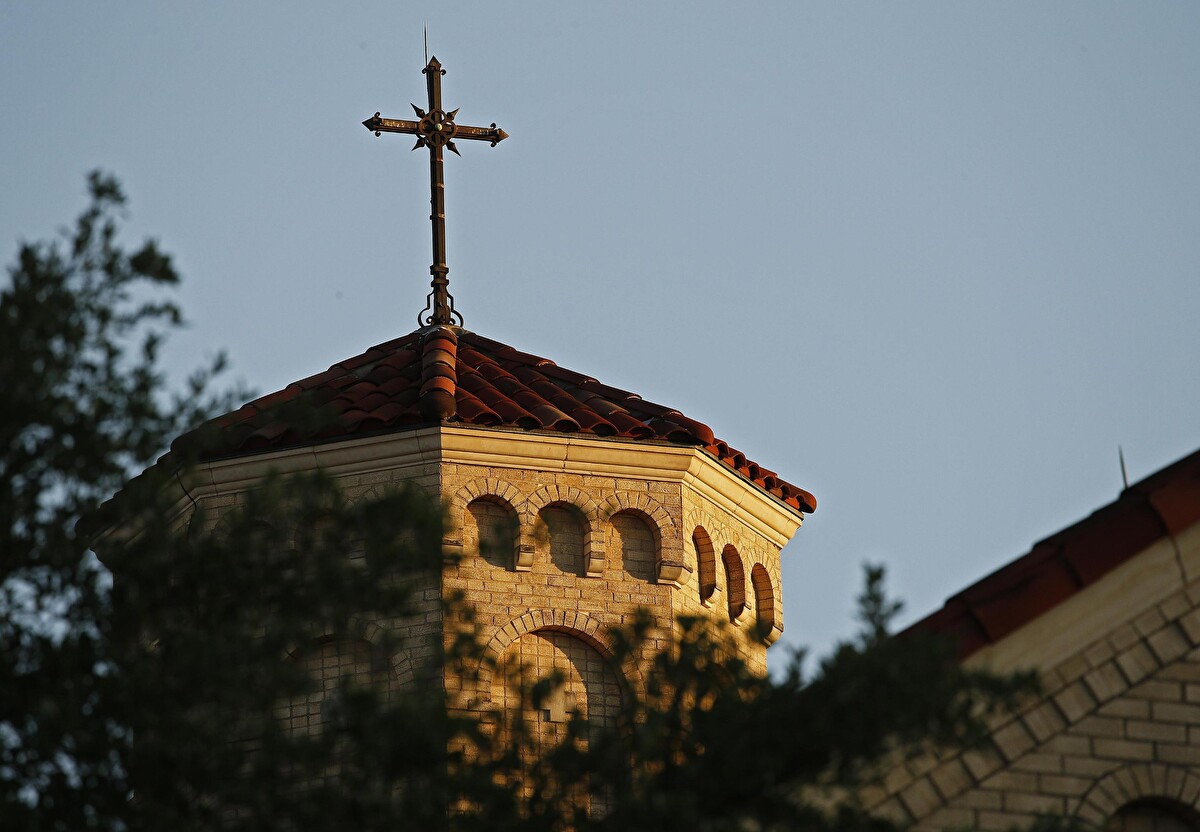The NATO summit opens Tuesday in The Hague, amid one of the most volatile geopolitical climates in recent years. Three pressing issues dominate the backdrop: Russia’s ongoing war in Ukraine, the fresh wave of U.S.-Israeli airstrikes on Iran, and mounting questions over America’s long-term security commitment to Europe.
At the heart of the meeting is a landmark agreement to raise defense spending to 5% of GDP by 2035—a sharp jump from the current 2% benchmark. The initiative, long championed by U.S. President Donald Trump, aims to shift more responsibility onto European allies.
The new target splits into 3.5% for direct military expenditures—troops, weapons, and ammunition—and 1.5% for related investments such as logistical infrastructure and aid to Ukraine. But the language was deliberately softened to avoid alienating hesitant members. Rather than a strict commitment, the final text reads that “allies commit,” giving individual governments room to maneuver.
Spain was among the first to seek flexibility. Prime Minister Pedro Sánchez unexpectedly requested an exemption and ultimately secured a compromise. Madrid will not be bound to the 5% threshold, but instead can submit annual spending plans aligned with the “capability targets” defined by NATO defense ministers on June 5.
“I consider this outcome a success,” Sánchez said Sunday. “We will be able to fulfill our commitments to the Atlantic Alliance and preserve its unity, without being forced to increase defense spending to 5% of GDP.” According to Spanish officials, the government will allocate 2.1% of GDP to meet operational needs set by the Alliance. The same position was echoed by NATO Secretary-General Mark Rutte, who in an official letter to Sánchez confirmed that the agreement “allows each country to define its own sovereign path” toward meeting those goals.
Behind the scenes, the summit structure has been carefully tailored to accommodate Trump. The program for heads of state is condensed into just a Tuesday night dinner and a single working session on Wednesday—an attempt to avoid early departures or tension, like those seen during the recent G7 in Canada.
Trump, who has already stated that the 5% target “does not apply to the United States,” remains the gravitational center of the event. Despite past clashes, European leaders are determined to keep him engaged—if only to maintain American security guarantees.
Also under close watch is Mark Rutte, attending his first NATO summit as Secretary-General. The former Dutch prime minister enjoys solid ties with Washington but risks being seen as too deferential. His task will be to navigate between Trump’s demands and European unease.
Another debut comes from German Chancellor Friedrich Merz, who has vowed to build “Europe’s strongest military.” His presence in The Hague will test Berlin’s resolve to follow through on promises made in recent months. Franco-German coordination, already under strain, could face additional friction over timelines and strategic priorities.
Ukrainian President Volodymyr Zelensky is also in attendance, but has been excluded from the core agenda—an effort to avoid direct confrontation with Trump. Kyiv hopes for further military pledges and possibly a one-on-one with the U.S. president, though significant steps toward NATO membership are not expected. For now, Ukraine will focus on holding ground already gained in previous summits.
The position of Slovak Prime Minister Robert Fico has drawn attention after he suggested the country might consider leaving NATO and adopting a stance of neutrality. Though incendiary, his remarks have been undercut by broad cross-party support in Bratislava for the new 5% goal.












